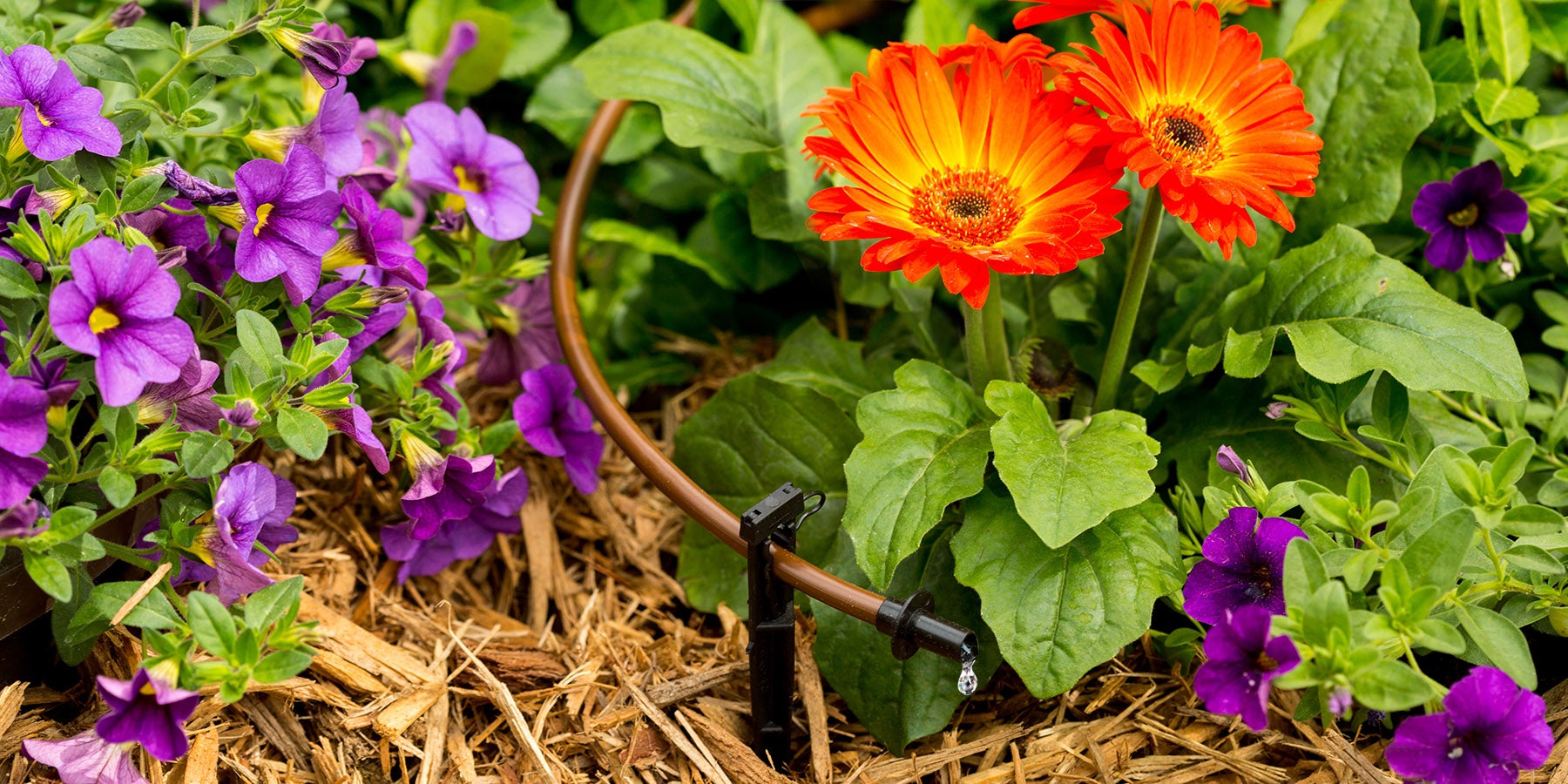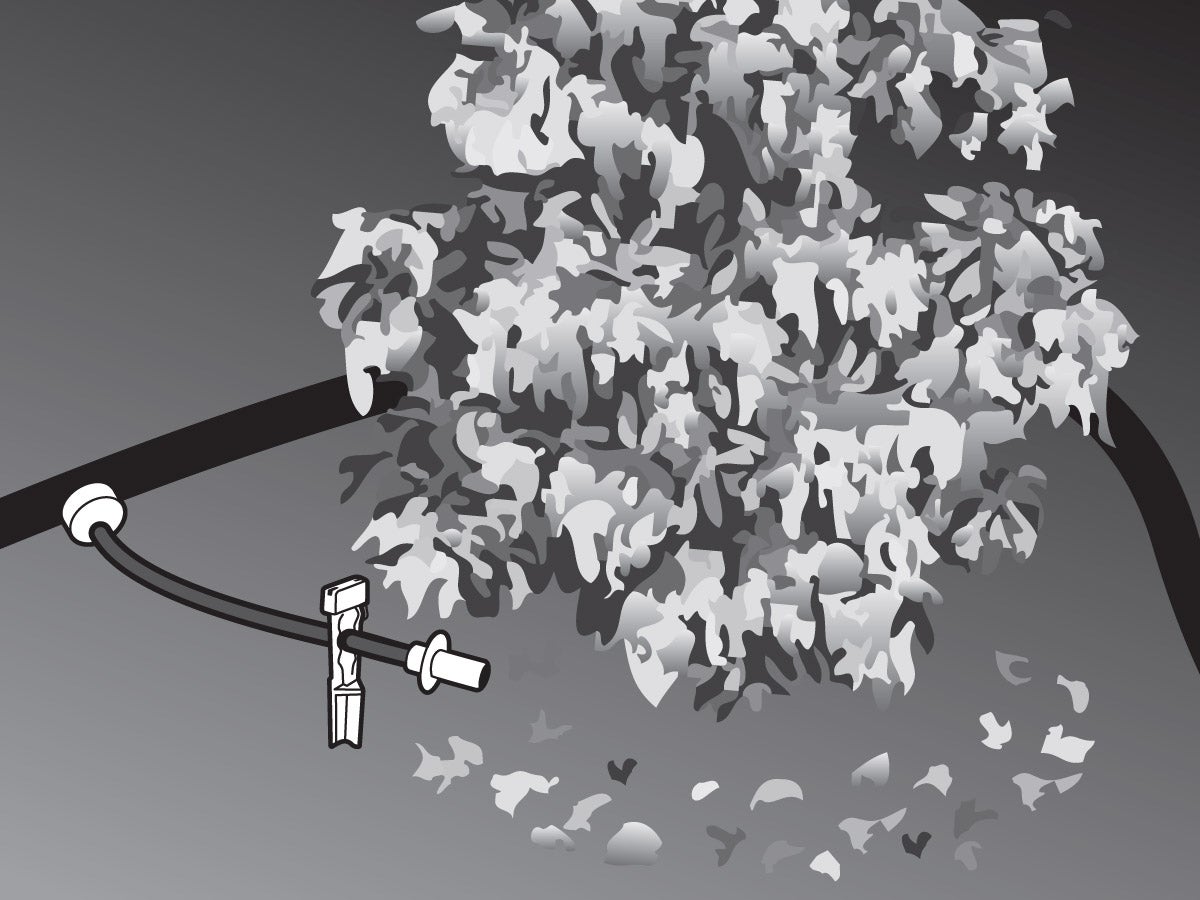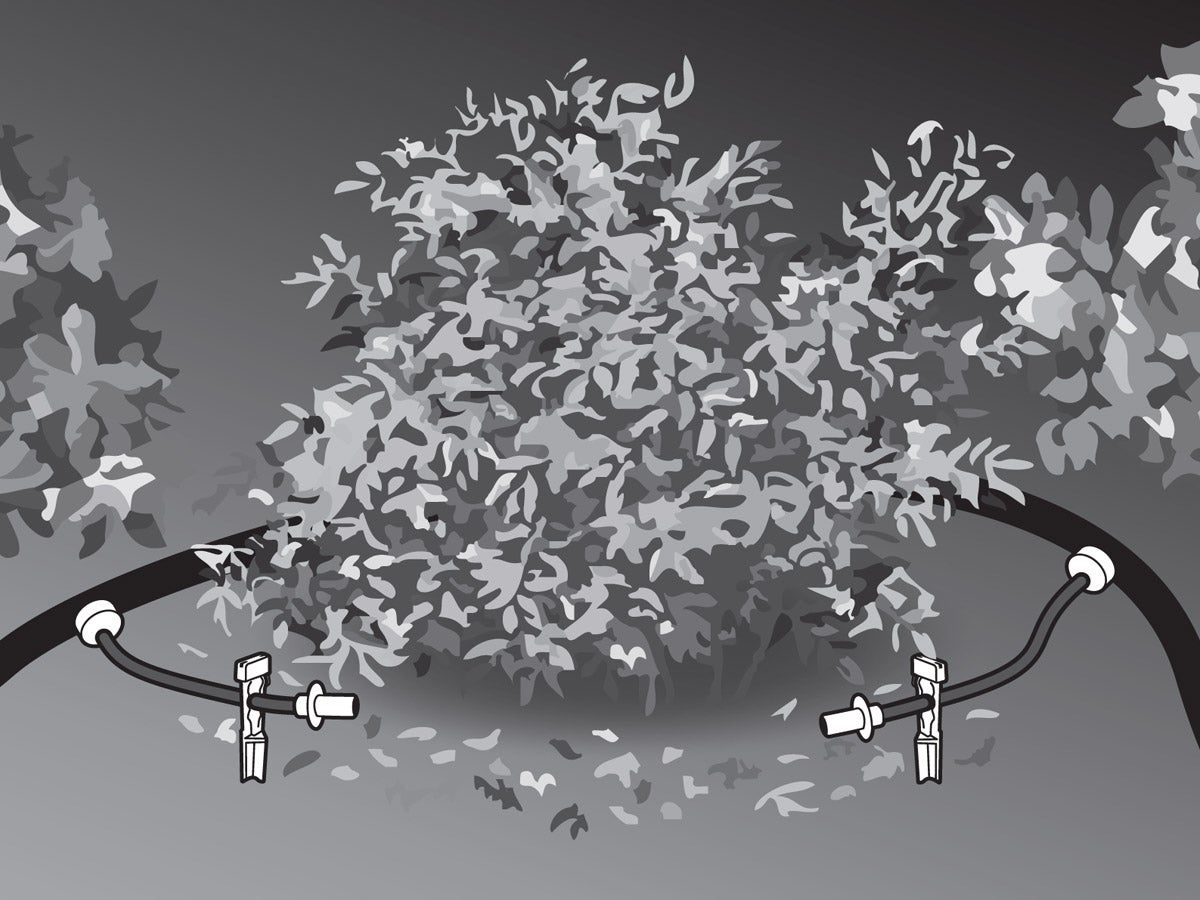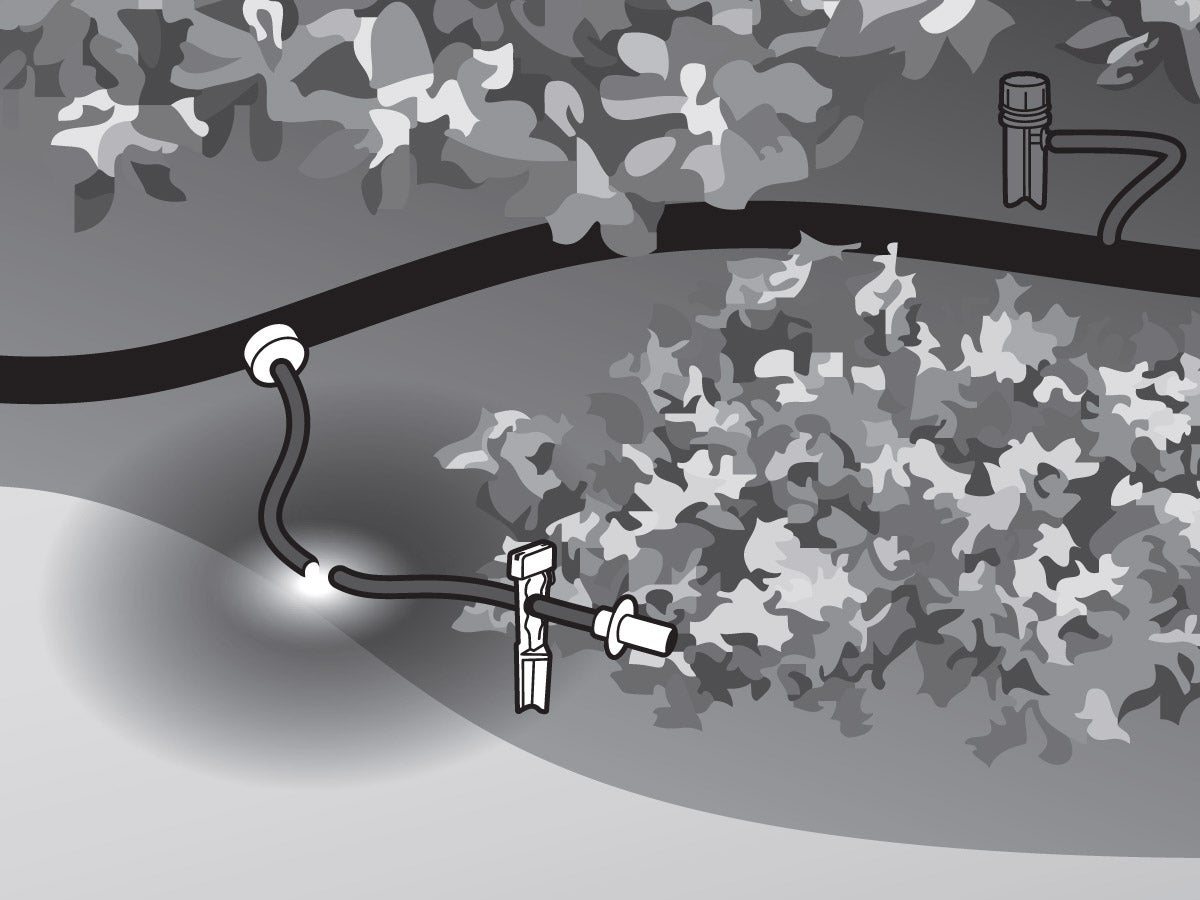Troubleshoot These Common Drip Irrigation Problems

Drip irrigation is a popular and efficient method for watering plants. A drip system can save time on tedious daily watering tasks and is easy to set up for irrigating many small growing spaces, from patio plants to a mid-sized vegetable garden. Whether you're a seasoned gardener or a DIY enthusiast, understanding the occasional maintenance associated with your drip irrigation system can help you get the best results.
If you have a drip irrigation system installed but notice wilted or dry plants in your garden, it could be a sign that the components in that area are not watering correctly. Inspecting your drip system occasionally throughout the growing season is a good habit. In this article, we will offer tips to identify and troubleshoot common issues with drip irrigation.

Clogged Tubing and Emitters
Drip irrigation uses a system of hoses, tubes and emitter devices, sometimes called drippers, with small openings that allow water to drip out slowly. Emitters have very small openings ranging from 0.2 to 2.0 mm in diameter and can become blocked with sediments naturally found in water. To fix this:
- Use the Emitter Installation Tool to pry the old or clogged dripper from the tubing.
- Plug the hole with a ¼-inch Tubing Plug.
- Choose an appropriate new pressure compensating spot watering dripper flow rate. Rain Bird pressure-compensating drippers are color coded for easy reference: blue for 0.5 gallons per hour (GPH); black for 1.0 GPH; or red for 2.0 GPH.
- Insert a new dripper and reconnect 1/4" tubing.
- Replace 1/4" tubing and stake.
Consider installing a filtration system and periodically flush the system to remove sediments that may have accumulated.
TIP: The Rain Bird Landscape & Garden Drip Watering Kit contains a selection of replacement drip irrigation parts.
Uneven Water Distribution
Blocked, clogged, or leaky drippers or tubing can result in some plants receiving too much water while others don't receive enough. Here's how to address it:
- Check the water flow at the emitters and adjust the system to ensure even distribution. This may involve removing some drippers or replacing one or more drippers with ones with a lower flow rate. For example, swapping a 2 GPH (red) dripper to 1 GPH (black).
- Consider using pressure-compensating emitters to maintain consistent flow regardless of pressure variations.
- Add a pressure regulator or shut-off valve to different sections of your system.

Inadequate Coverage
If the placement and spacing of emitters don't cover the plant's root zone adequately, it can lead to inefficient water delivery. To address this problem:
- Check the spacing and placement of emitters and move them as needed to ensure proper coverage of the plant's root zone.
- Consider using adjustable or multi-stream emitters, such as bubblers or sprays to customize water distribution based on plant needs.
Root and Bug Intrusion
Plant roots and insects can find their way into drip irrigation tubing and disrupt water flow. Follow these steps to prevent root intrusion:
- Trim or redirect roots away from drip tubing.
- Rain Bird Sub-Surface Emitter Tubing contains copper shielding to protect from root intrusion. With no harsh chemicals needed to protect emitters from root intrusion, it’s ideal for organic gardening.
- Attach a bug guard, included with ¼-inch tubing stakes, to prevent insects from entering the end of the tubing.

System Damage
Drip irrigation systems contain small parts designed to be inconspicuous among your garden plantings. As such, their parts can be vulnerable to accidental damage from common garden tools like shovels, rakes, lawnmowers and string trimmers. Tubing can even be susceptible to animal bites. Here's how to prevent and fix system damage:
Inspect the system regularly for any physical damage, such as leaks, breaks, bites or disconnections.
To repair broken or leaky tubing, cut out the damaged section and use Barbed Couplings or Barbed Tees to join a new section of tubing.
Regular maintenance is crucial for the proper functioning of your drip irrigation system.
Resolving Common Problems
Drip irrigation is a valuable method for efficient plant watering, but it's important to be aware of potential problems and know how to troubleshoot them effectively. See the Rain Bird Landscape & Garden Drip Watering Kit for a variety of replacement parts to install or repair your drip irrigation system. By identifying these common issues, you can use these tips to ensure that your drip irrigation system performs properly and keeps your plants healthy and thriving.
